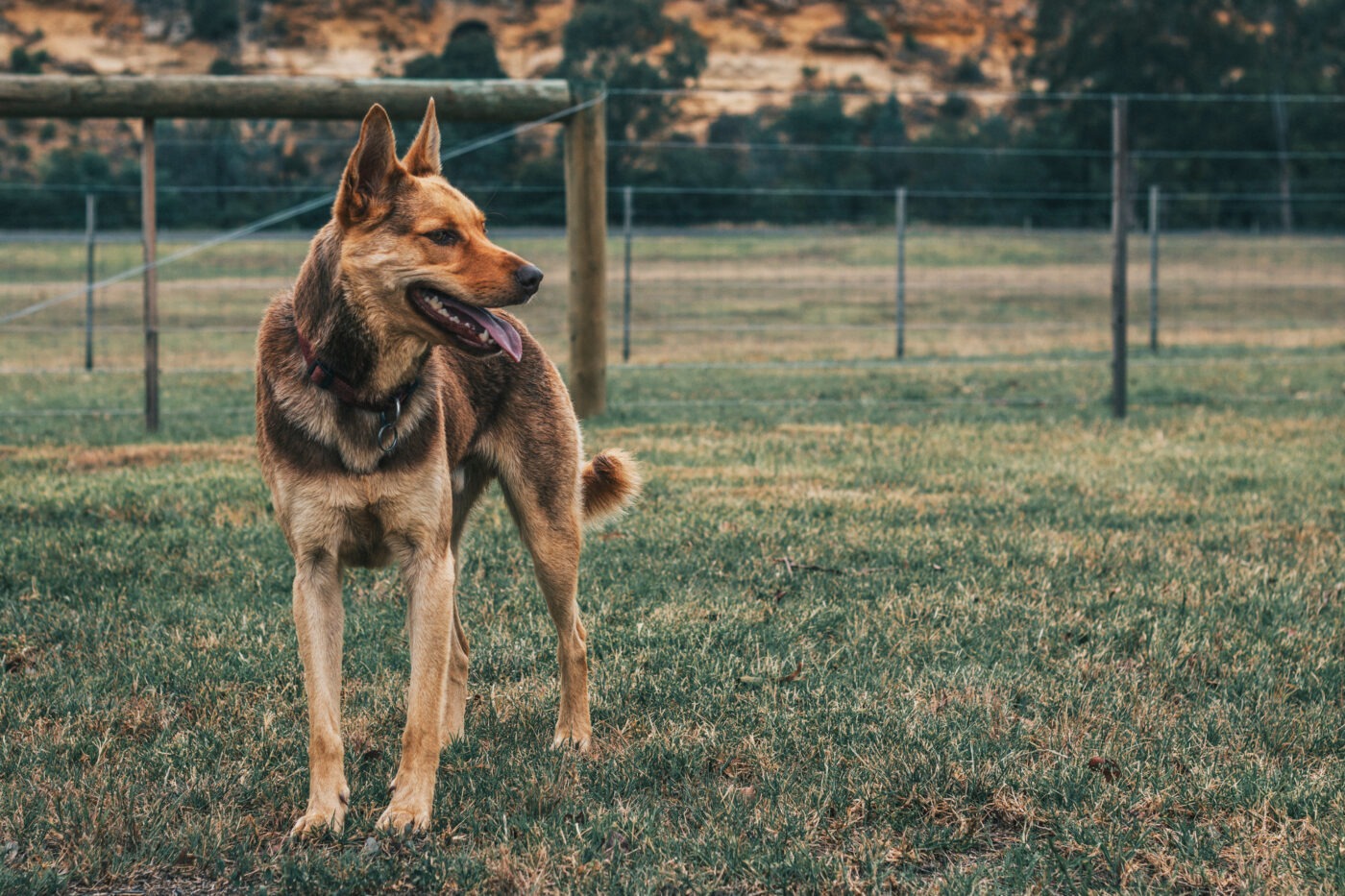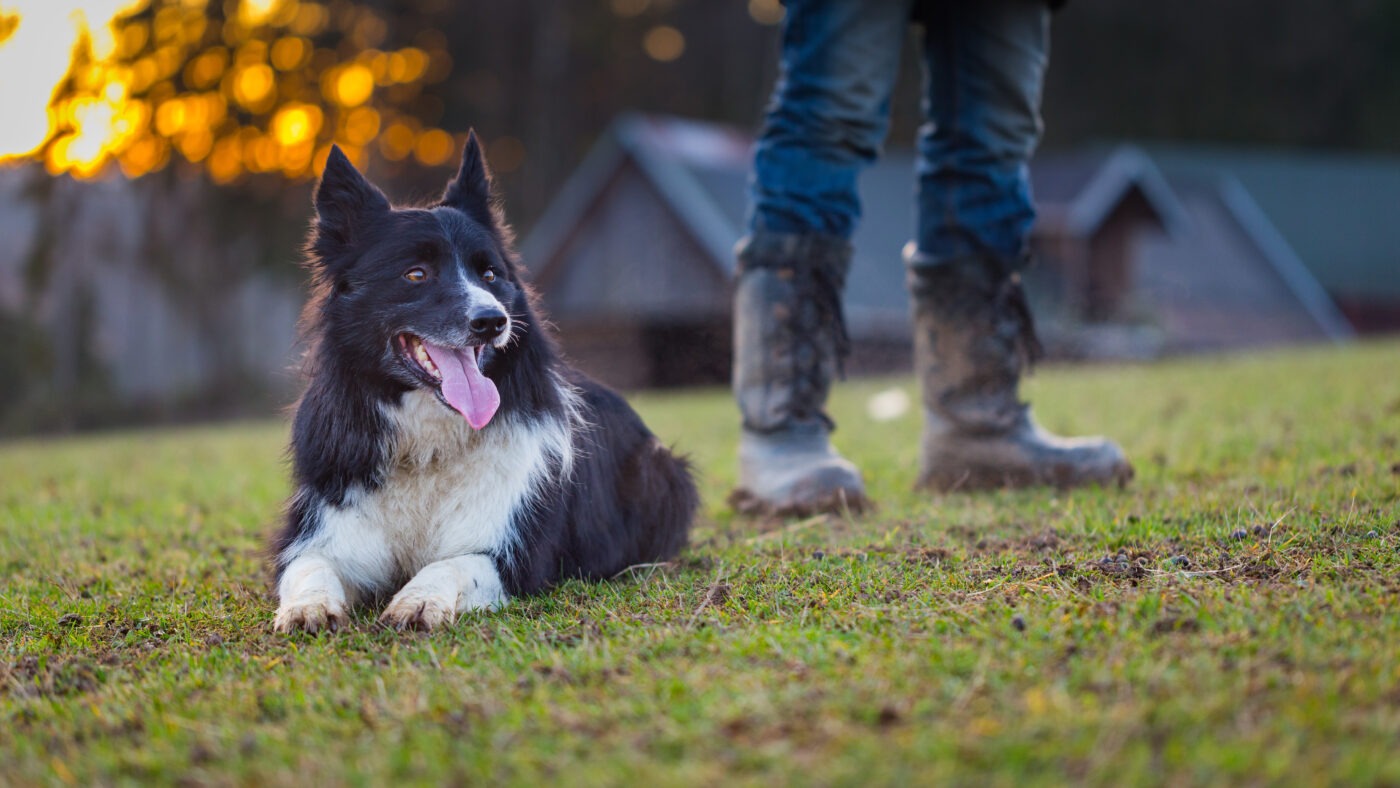Healthy
A useful guide to working dog nutrition
Working dogs who remain active into their senior years maintain good muscle mass and so their need for energy (calories) does not go down as they get older. So one of the first things to consider is that they DO NOT need a senior food until they stop working as it would be too low in calories (fat) for their needs. Secondly, there are a things we can do to support them in their daily working lives.
To help us decide on the right food, it can be helpful to look at the intensity of the type of work they do. Most working dogs either do endurance type work or a mix of endurance and higher intensity work. For example:
- Endurance Exercise – This takes place at low to moderate intensity for several hours, like that of the working sheep dog. This type of exercise needs fat from the diet to supply the working muscles with energy.
- Intermediate Exercise – This can be a mixture of low to moderate intensity exercise such as gundog work (aerobic) and may include some bouts of high intensity work (anaerobic). Both fats and carbohydrates are therefore important for this type of work.
Matching the food and feeding methods to the type and intensity of activity enhances performance.
Higher fat diets are recommended because they supply the right amount of energy, of the right type in an appropriate portion size. They are also highly palatable and highly digestible which can be very helpful as fatigue and even mild dehydration may reduce appetite during and after work. What is interesting is that dogs, unlike human athletes, rely on fat as a source of energy at all exercise intensities. So it follows that their working diet should have a higher percentage of fat compared to periods when they may be less active.
Gundog Work
Moderate amounts of work fat at 15-30% Dry Matter
Large amounts of work fat at 25-40% Dry Matter
Sheepdogs and other types of endurance work
fat at 50-70% Dry Matter.
Hot weather may increase energy requirements by 1.5-2.5 times while cold weather may increase requirements by a further 50%.

Antioxidants
Strenuous exercise can lead to oxidative damage of the cells and tissues and the high fat diet fed to working dogs may put them at increased risk. Studies which have looked at the antioxidant properties of fruits and vegetables have shown that working dogs may benefit from a diet containing an increased level of antioxidant nutrients to counteract the effect of strenuous exercise. Berry fruits are an excellent source and the frozen varieties can be kept in the freezer, ready to add to a meal or into recipes.
The Timing of Meals
Once you’ve decided on the type of food, working out the time that a meal is given relative to exercise is important. A feeding schedule could look something like this:
- Feed the main meal of the day after exercise or four hours before if this is not practical.
- If possible, feed at least 2-3 meals per day. One of these meals could be 1.5-2 hours before activity.
- Feed a meal within two hours post-exercise
- Feed small amounts of food during exercise.
- If you want to try a new food, start at least 6 weeks before the busy season begins.


